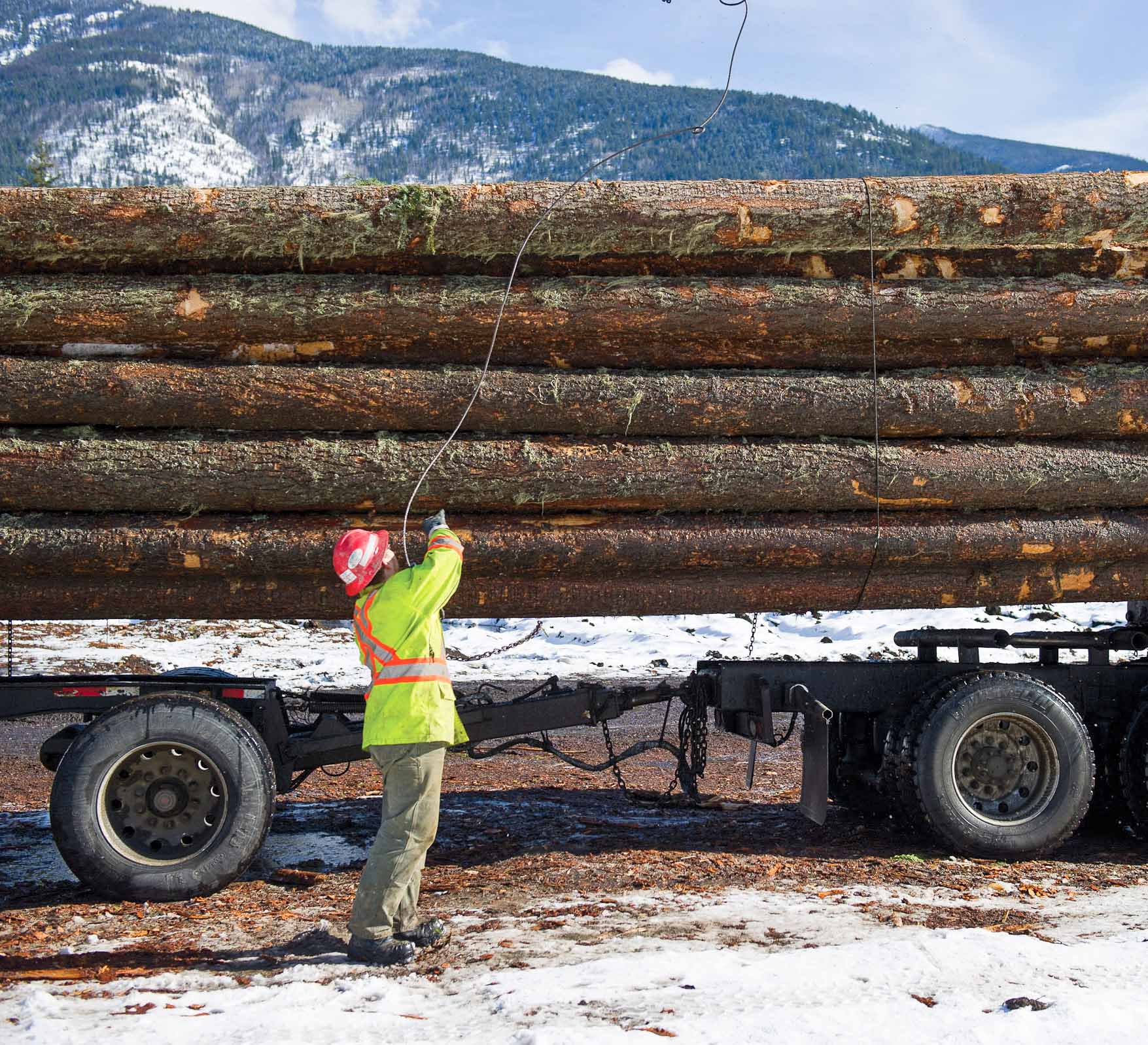 Musculoskeletal injuries (MSIs) remain one of the most common and costly types of workplace injuries in BC’s forestry sector. These injuries, which affect muscles, tendons, ligaments, and joints, often result from repetitive motion, overexertion, awkward postures or prolonged physical strain. Given the physically demanding nature of forestry work, addressing MSI risks is essential to protecting worker health and maintaining productivity. By implementing ergonomic practices, promoting proper body mechanics and fostering a culture of early reporting and prevention, employers and workers can work together to significantly reduce the occurrence and impact of MSIs across the industry.
Musculoskeletal injuries (MSIs) remain one of the most common and costly types of workplace injuries in BC’s forestry sector. These injuries, which affect muscles, tendons, ligaments, and joints, often result from repetitive motion, overexertion, awkward postures or prolonged physical strain. Given the physically demanding nature of forestry work, addressing MSI risks is essential to protecting worker health and maintaining productivity. By implementing ergonomic practices, promoting proper body mechanics and fostering a culture of early reporting and prevention, employers and workers can work together to significantly reduce the occurrence and impact of MSIs across the industry.
Although musculoskeletal injuries can affect workers across all areas of forestry, certain roles are particularly vulnerable due to the physical demands and repetitive nature of their tasks.
Silviculture Workers, such as tree planters and brushers, often perform repetitive motions for extended periods in challenging terrain. Tasks like bending, lifting, and carrying heavy loads—combined with awkward postures and limited rest—make them especially prone to strains and overuse injuries in the back, shoulders, and knees.
Log Truck Drivers face a different set of risks. They are particularly at risk due to the combination of static postures, repetitive movements and the physical demands of securing loads and performing maintenance tasks in often unpredictable outdoor conditions. These factors can lead to cumulative strain on the musculoskeletal system, especially in the lower back, shoulders, and knees.
Sawmill Workers are frequently exposed to repetitive tasks, forceful exertions and static postures, particularly in roles involving material handling or machine operation. Without proper ergonomics and task rotation, these workers are at high risk for injuries to the hands, wrists, shoulders and lower back.
Each of these roles presents unique challenges, but with targeted prevention strategies and the use of resources like those provided by the BC Forest Safety Council, employers can take meaningful steps to reduce MSI risks and protect their workforce.
MSI Resources:
MSI Backgrounder – provides foundational knowledge on how MSIs occur and outlines strategies for prevention, including ergonomic assessments and task modifications.
Tree Planting Resource Package offers tailored guidance on safe lifting techniques, stretching routines, and injury prevention tips specific to the demands of the job.
Preventing MSIs in Log Truck Drivers – a series of videos and posters have been developed by the Log Truck Technical Advisory Committee (LTTAC) and BCFSC to help keep drivers free from musculoskeletal injuries.
BCFSC Manufacturing Safety Crew Talk – this crew talk highlights how to recognize the early signs of an MSI and ways to prevent them.
WorkSafeBC: Preventing Musculoskeletal Injury (MSI) – best practices for identifying MSI risks and implementing controls to keep workers safe.
WorkSafeBC: Understanding the Risks of Musculoskeletal Injury (MSI) – an educational guide to help workers and employers recognize the signs and symptoms of MSI and understand the potential health effects of these injuries.